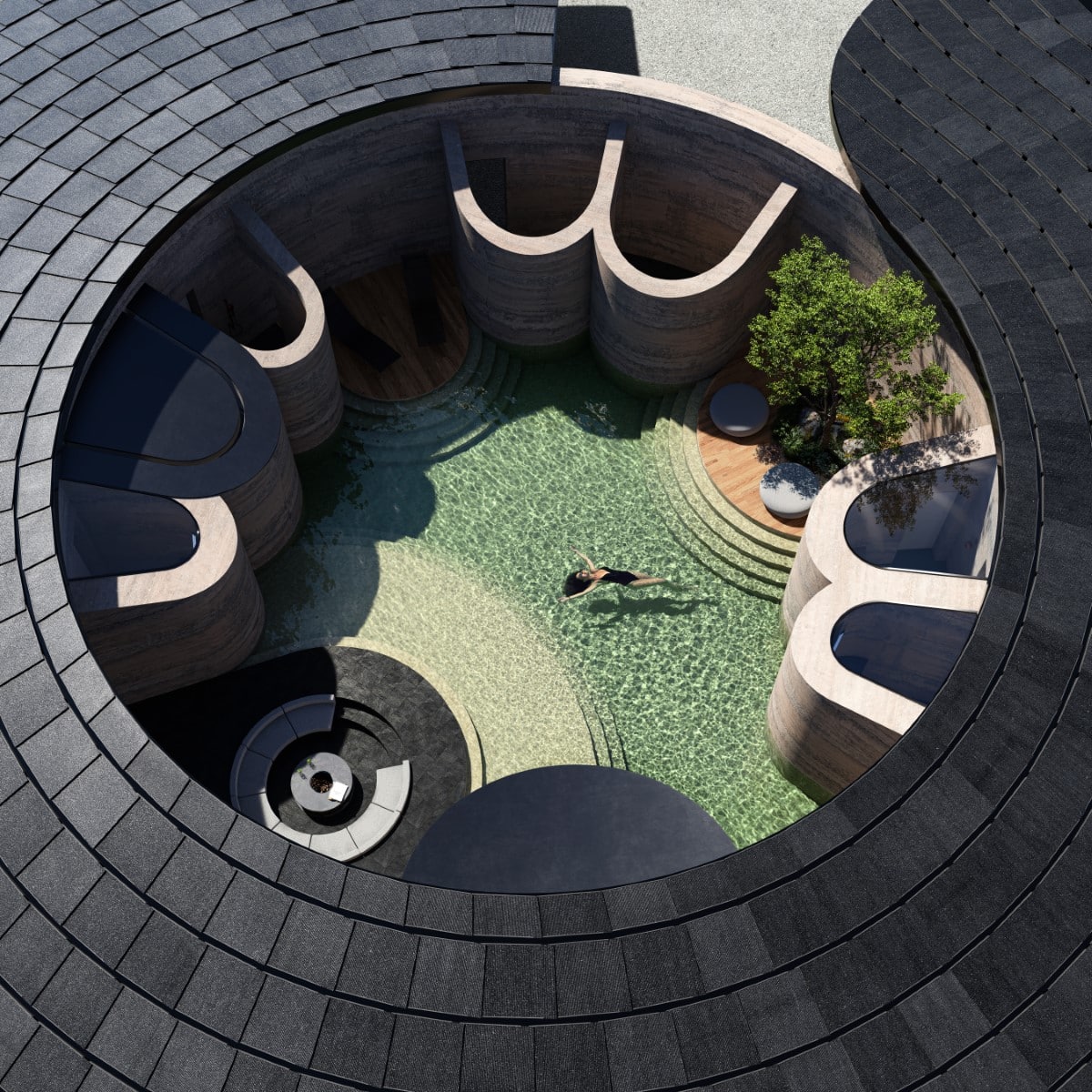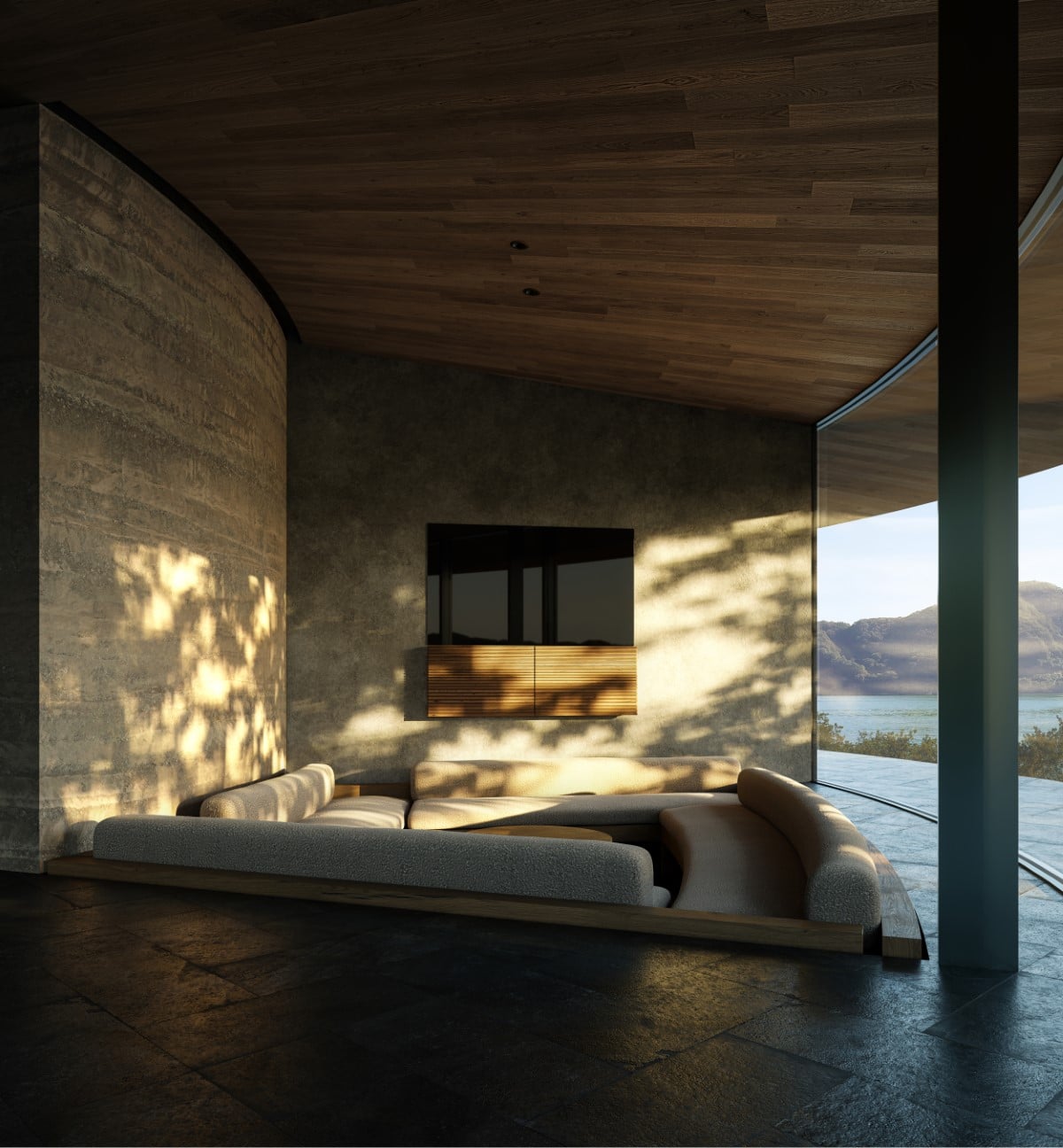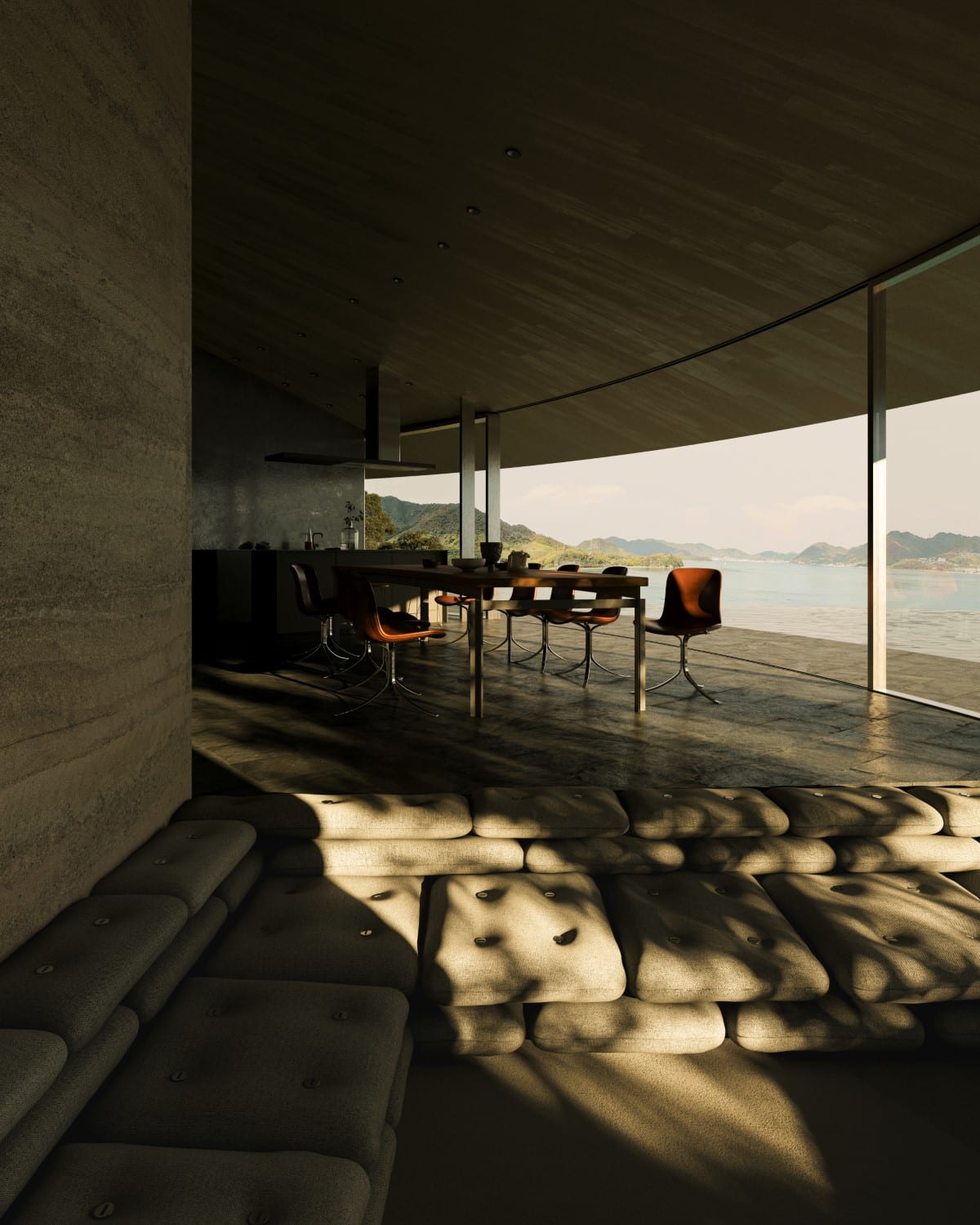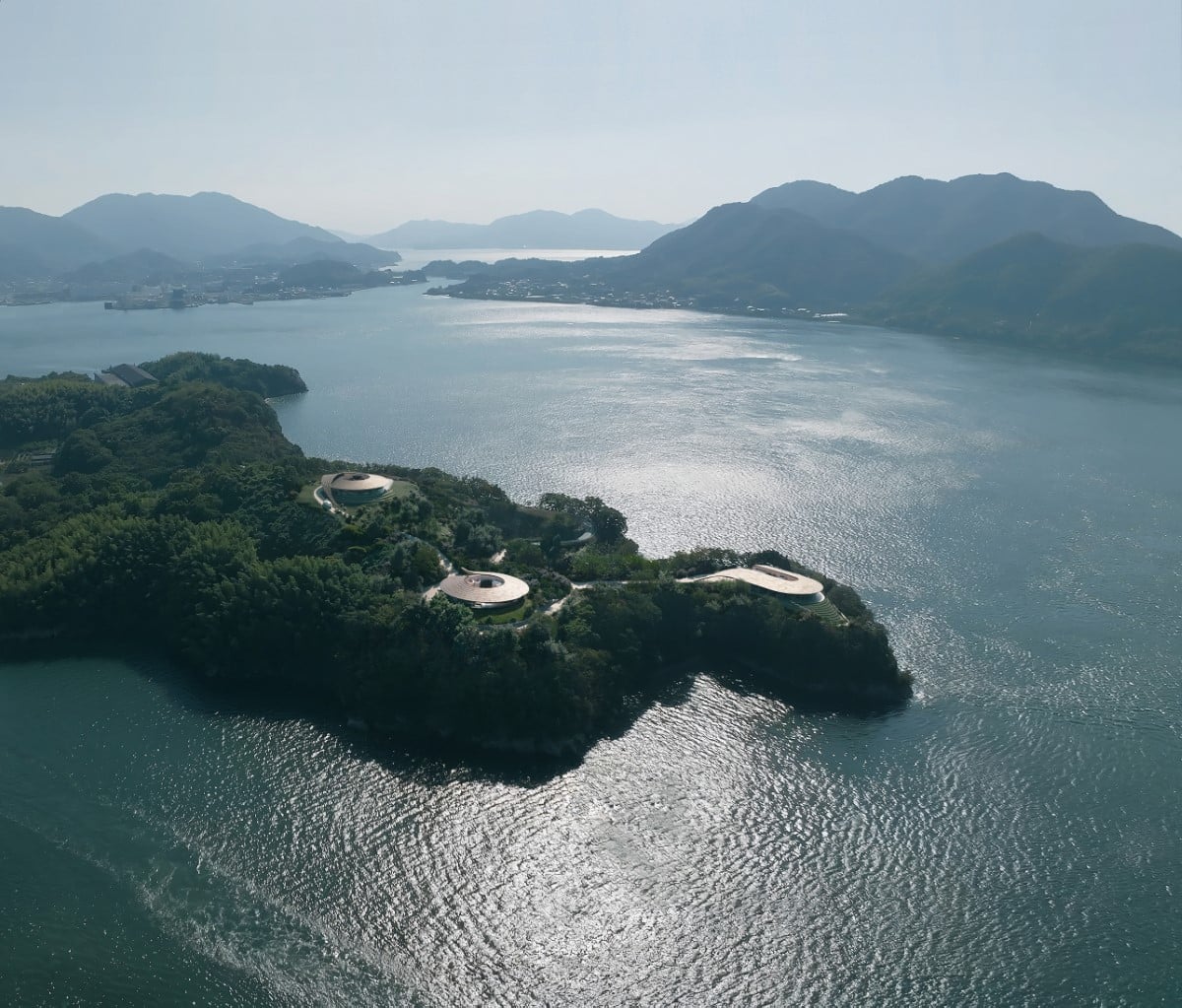
Inspired by the design of a traditional Japanese house, BIG‘s NOT A HOTEL Setouchi merges Scandinavian and Japanese aesthetics. Located on Sagi Island, the firm’s vision brings three villas and a restaurant to the island’s southwestern cape.
BIG’s plan prioritizes the natural landscape, offering sweeping views of the sea and restoring the undulating landscape. Olive trees, lemon trees, and other native vegetation will be reintroduced to enhance the island’s natural beauty.
“Our design approach for NOT A HOTEL Setouchi wasn’t about imposing our ideas on the site; instead, it involved exploring, observing, and understanding the landscape,” explains Bjarke Ingels, BIG Founder and Creative Director. “We envisioned how to best leverage this distinctive and remarkable terrain and fixed upon a design that mirrors the elegance of traditional Japanese architecture.”
The three villas are angled at 180°, 270°, and 360° to correspond with the views they provide and are spread across different levels. The round 360° villa is situated at the highest level and offers a central courtyard for privacy. The 270° villa has a corresponding panorama and features bathing spaces arranged like floating islands around a pool, as well as a sauna and fire pit.
Poised at the tip of the peninsula, the 180° villa takes advantage of its position with its curved design that hugs the coastal landscape. With mossy pathways and trees that change color, it’s an immersive experience with nature.
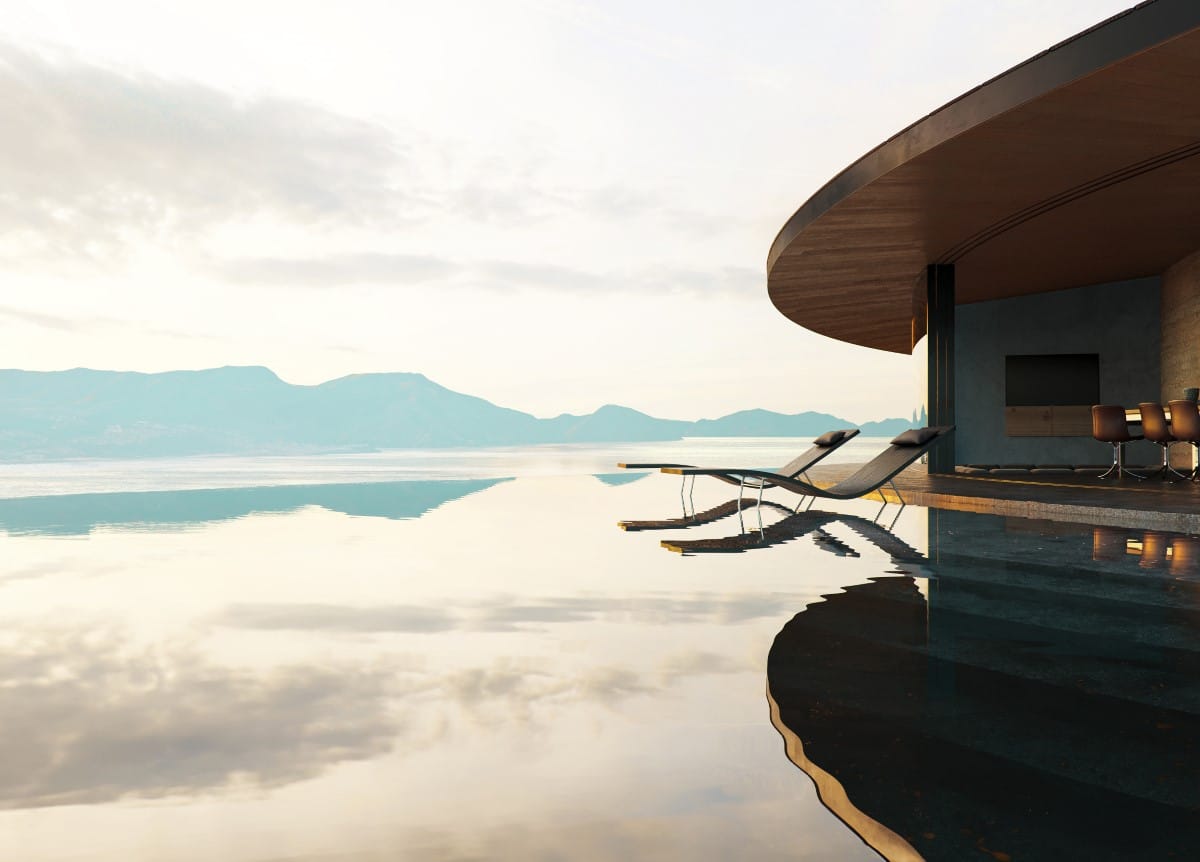
These single-story dwellings are an homage to Japanese craftsmanship. The floors, walls, roofs, and façades respect traditional Japanese architectural elements while reimagining them for modern times. For instance, the glass façades are a modern interpretation of shoji screens, and the natural slate floors form patterns reminiscent of tatami mats.
Sustainability is also important to the design. The curved clay walls are formed using a traditional rammed earth technique with soil collected on-site. In addition, all of the roofs are covered with solar tiles, and rainwater collected from the roof will be used to irrigate the landscaping.
“Japan is one of the cultures in the world where commitment to craft and care for quality remains intact,” shares Ingels. “The honesty and simplicity of the structure and careful choice of materials can be said to have greatly influenced the traditional architecture of Japan and the modern architecture of Denmark. Maybe that’s why when I go to Japan, I always feel like I’m coming home.
“NOT A HOTEL Setouchi will be an experiment in what happens when the sensibilities of both countries come together–the Danish desire for simplicity and the care and perfection of Japan.”
The site, which is spread across nearly 7.5 acres, will break ground later this year.
NOT A HOTEL Setouchi is a new project by BIG on a remote island in Japan.
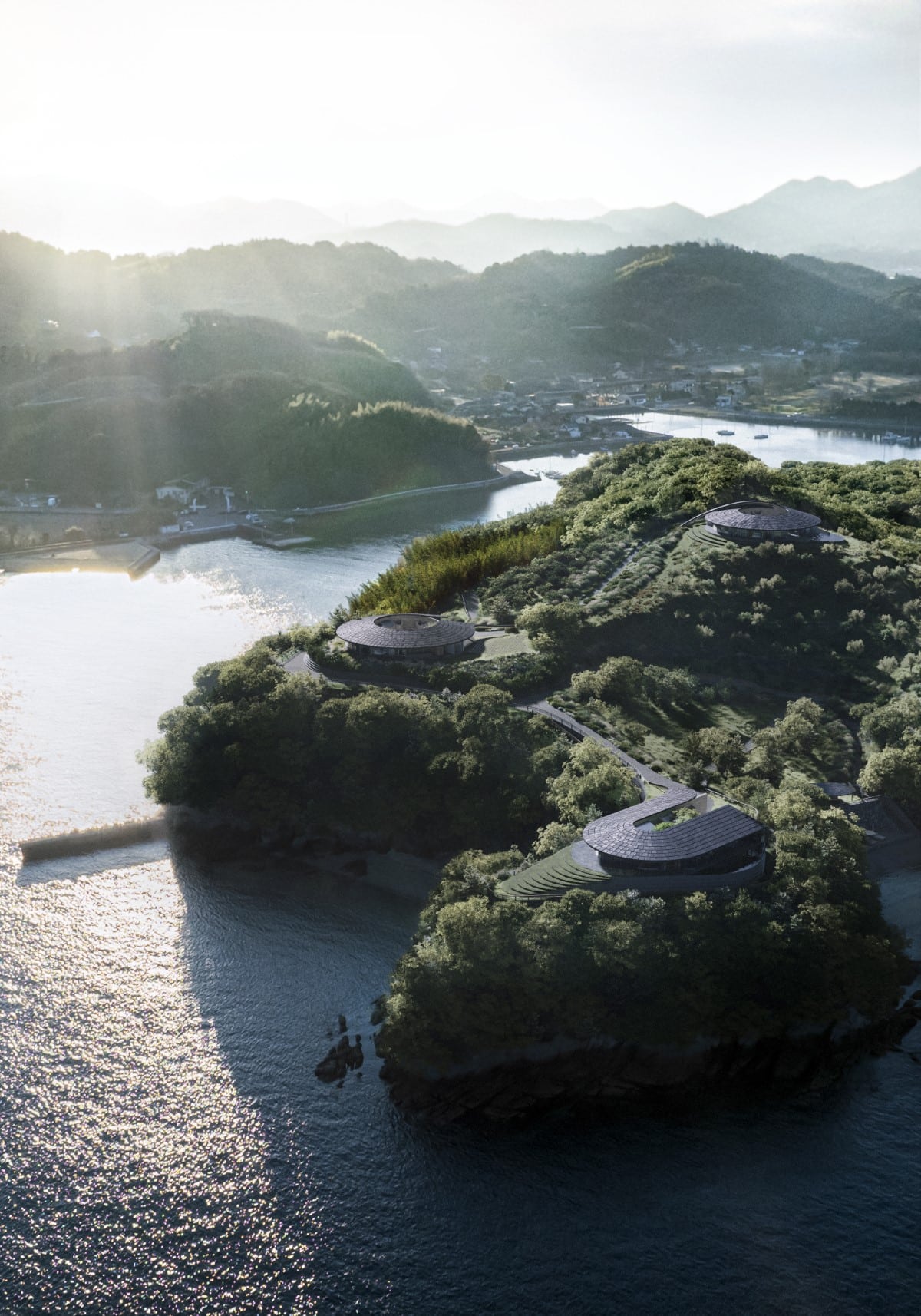
Render: LIT
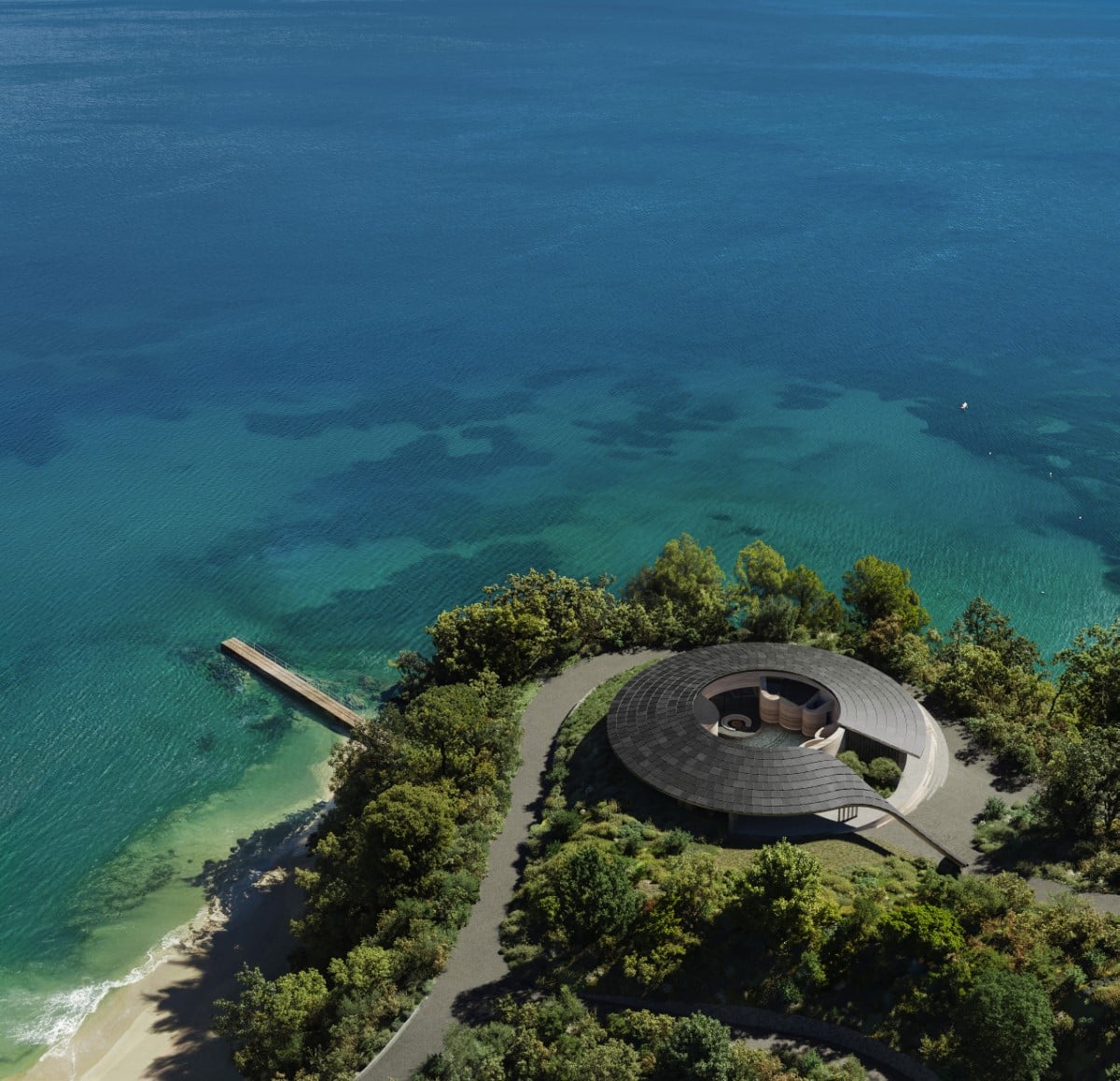
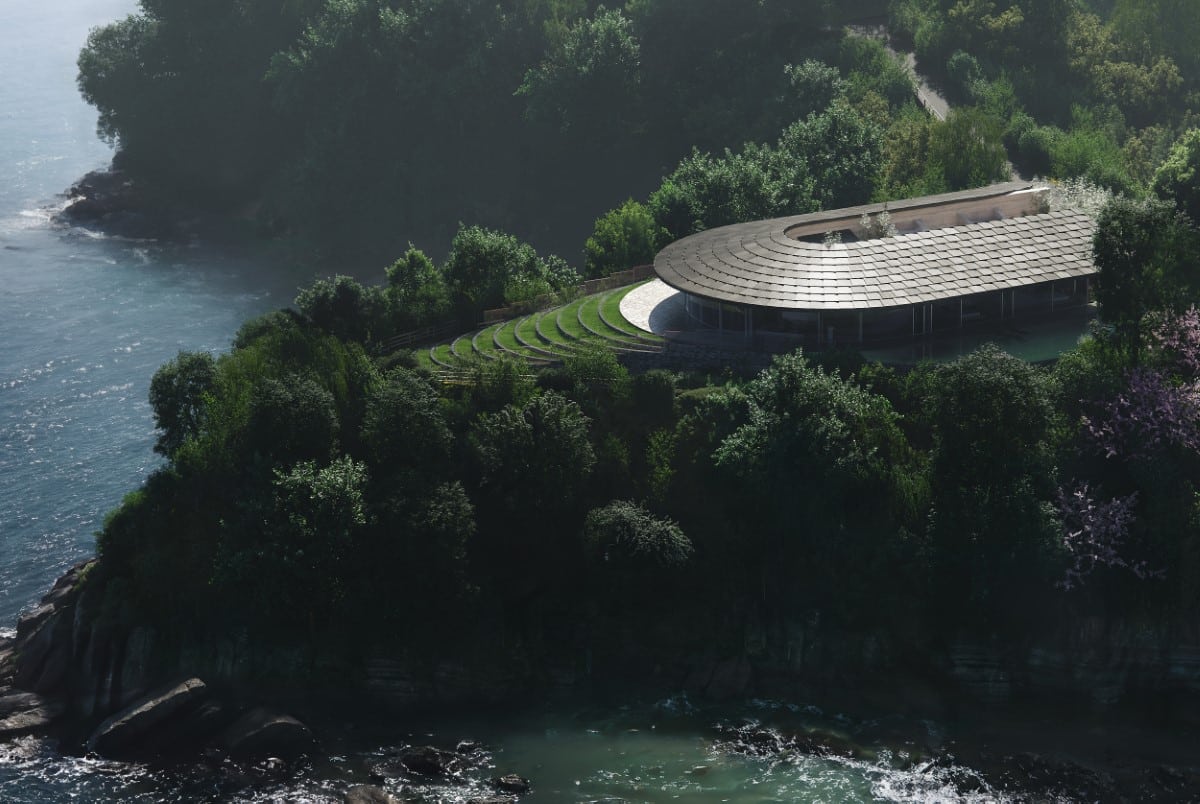
The resort is comprised of three villas and a restaurant set into the undulating landscape of Sagi Island.
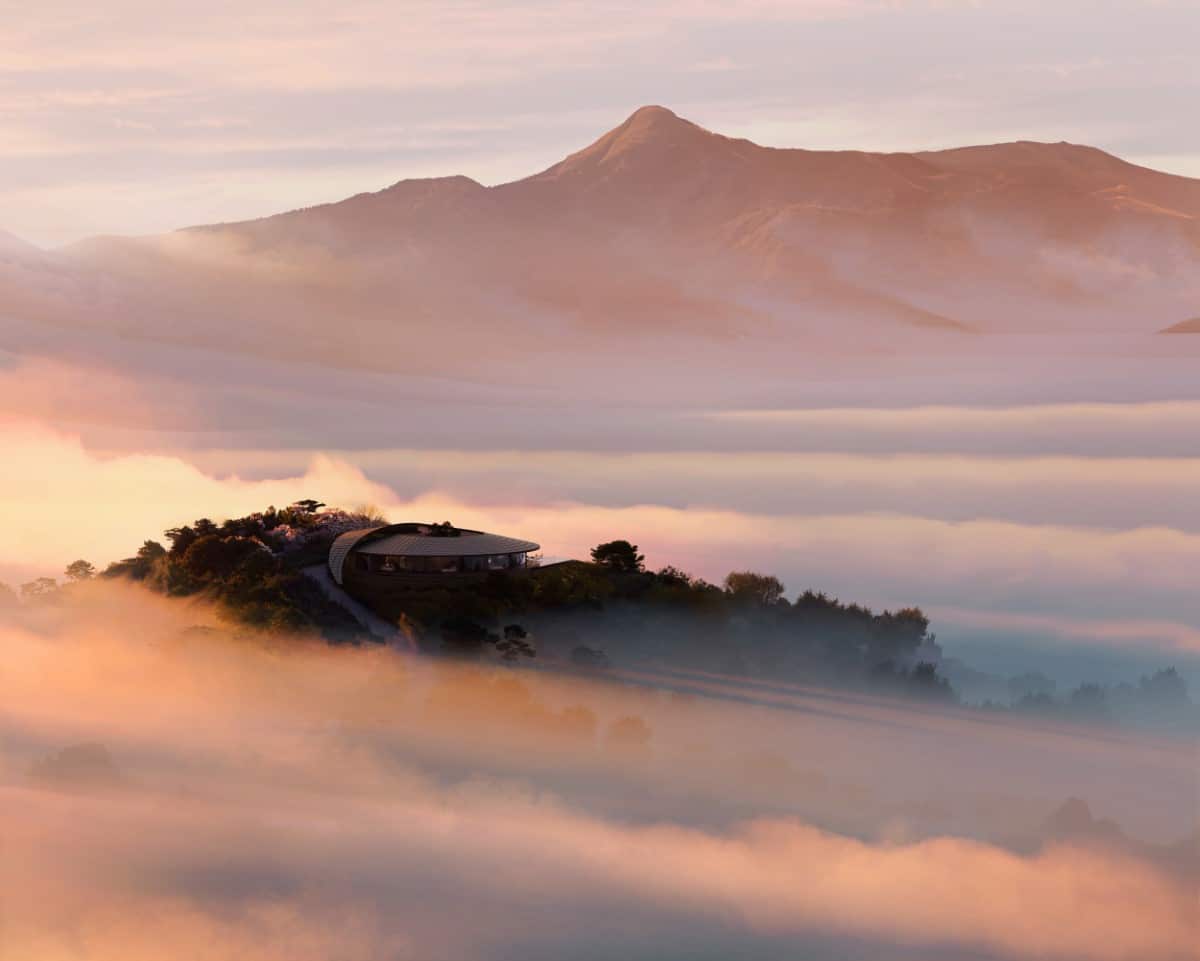
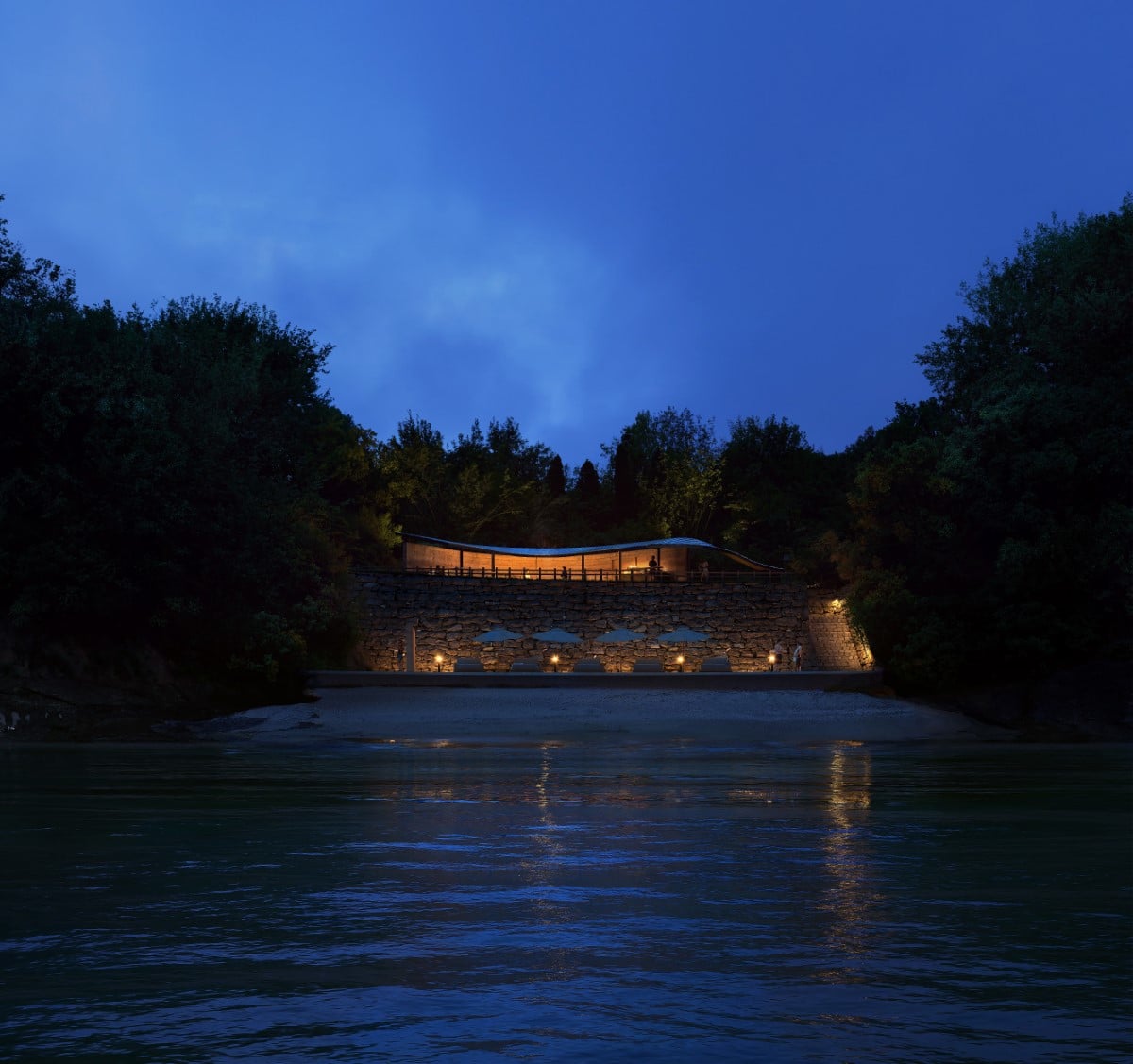
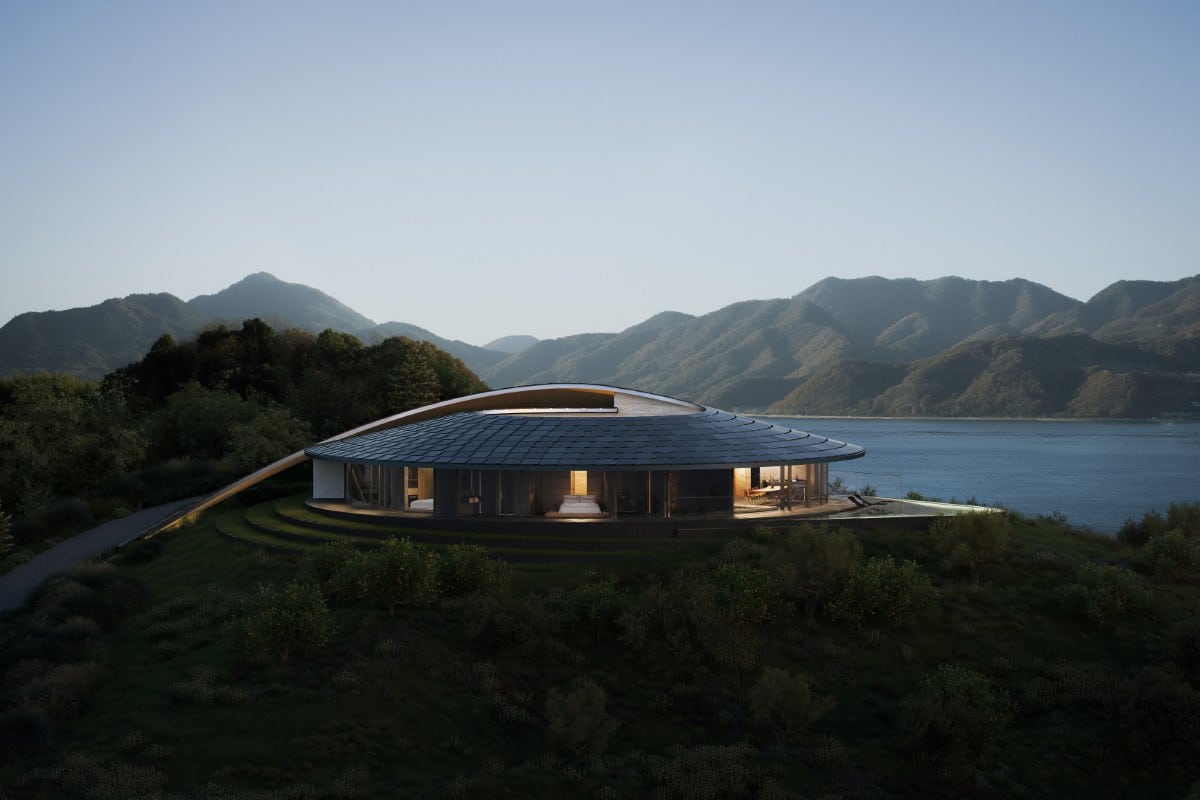
Render: LIT
The three villas are angled at 180°, 270°, and 360° to correspond with the views they provide.
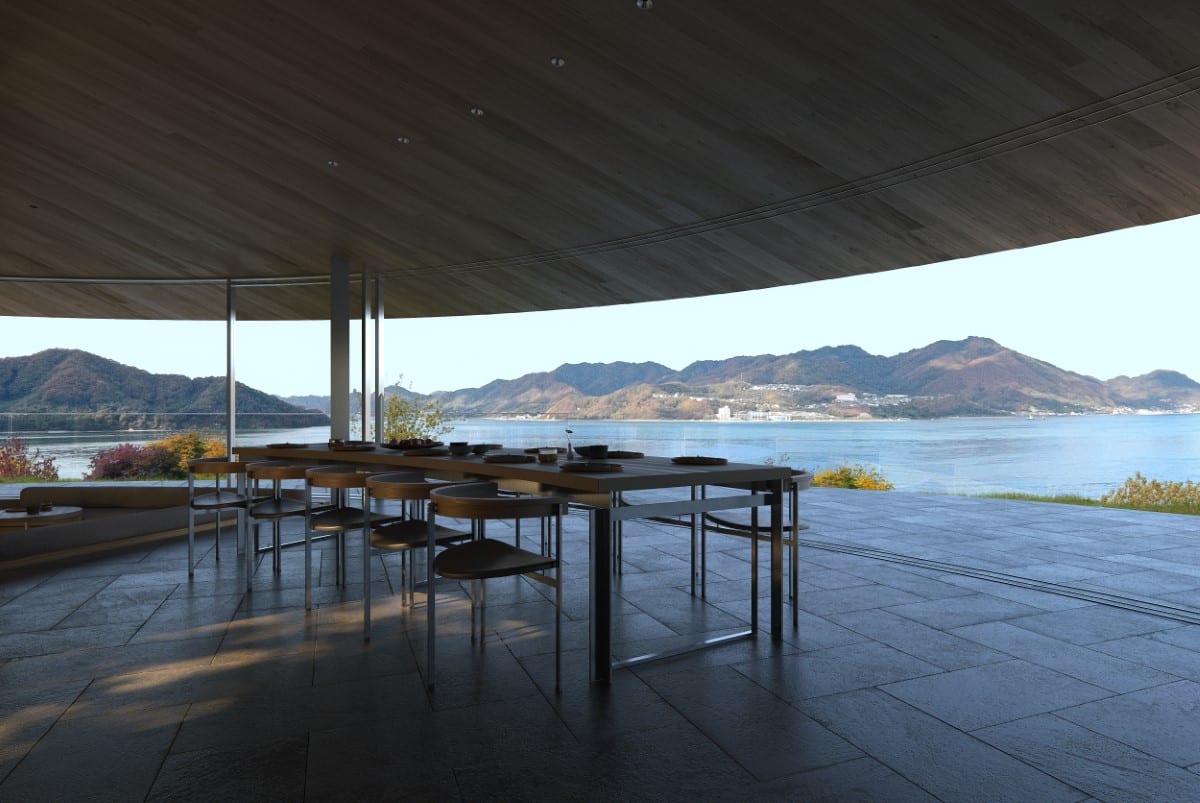
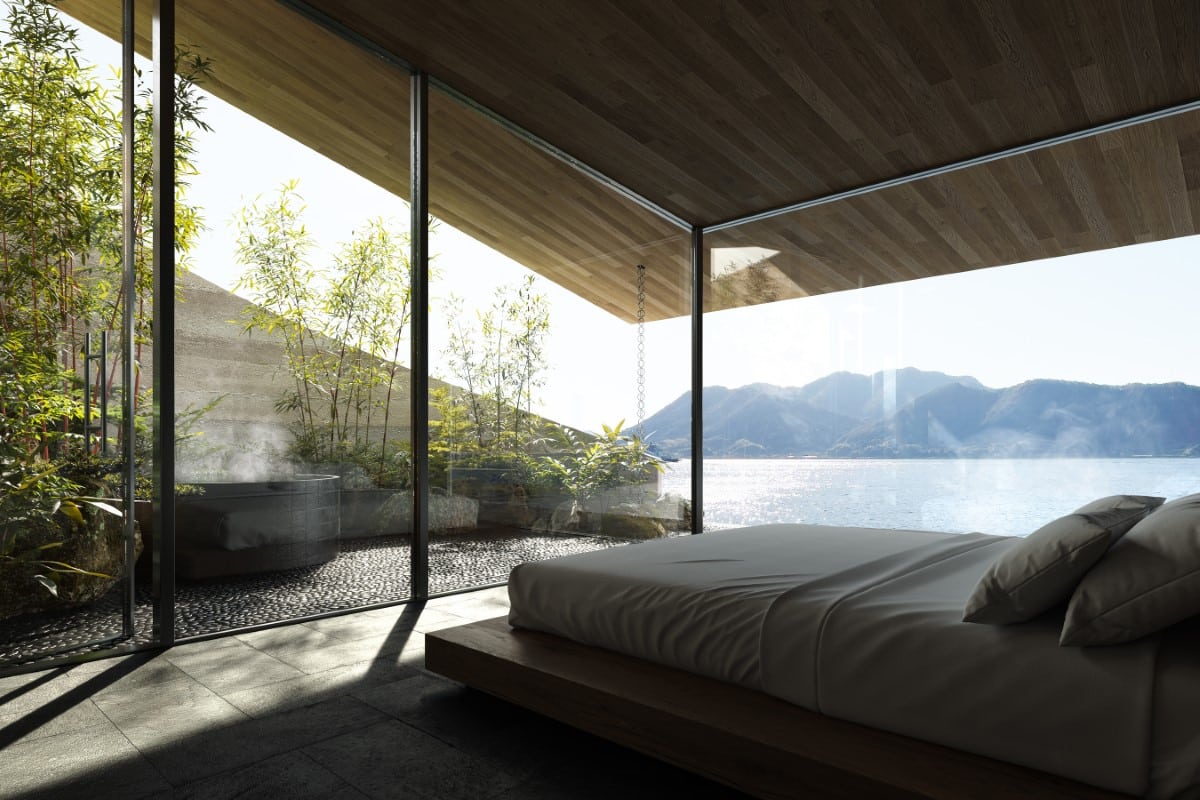
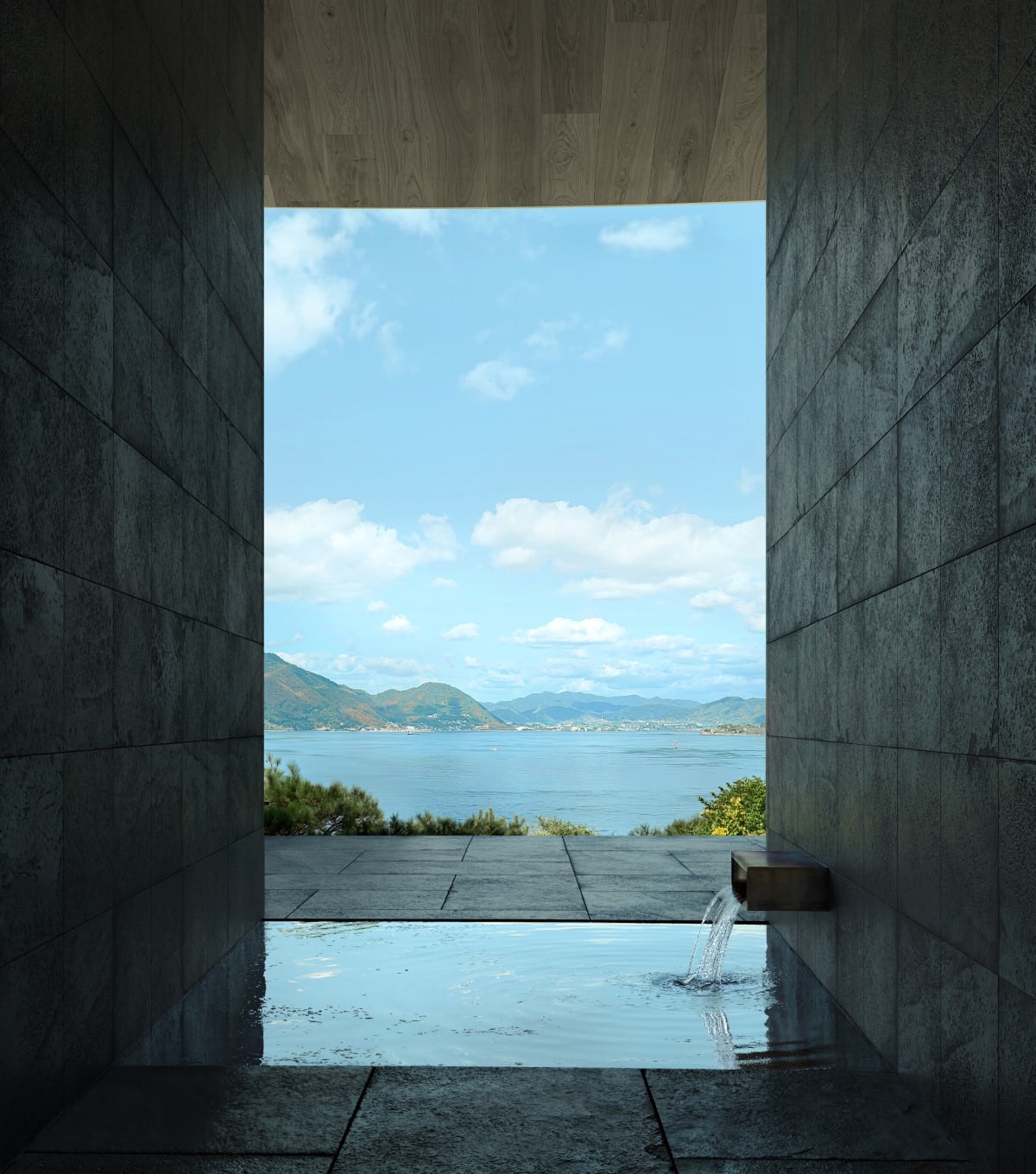
Each dwelling is an homage to Japanese craftsmanship.
